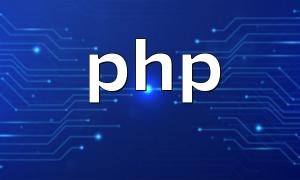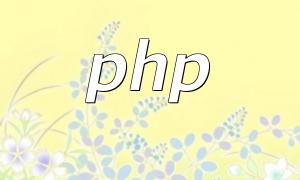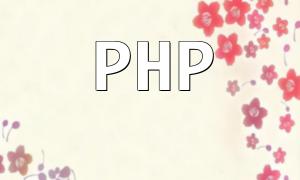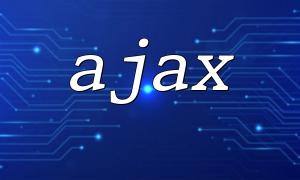The integration of Java and PHP is crucial in modern web development, especially in applications that require complex business logic and dynamic page generation. Java is typically used for backend processing, while PHP handles web content generation. By calling PHP methods, Java can execute PHP scripts directly, speeding up response times and enhancing user experience.
The most common way to call PHP methods is by sending HTTP requests. Java can use the HttpURLConnection class or third-party libraries (like Apache HttpClient) to send GET or POST requests to PHP scripts.
Here is an example of sending a POST request using HttpURLConnection:
String url = "http://your-php-server.com/your-script.php";
URL obj = new URL(url);
HttpURLConnection con = (HttpURLConnection) obj.openConnection();
con.setRequestMethod("POST");
con.setDoOutput(true);
String urlParameters = "param1=value1¶m2=value2";
OutputStream os = con.getOutputStream();
os.write(urlParameters.getBytes());
os.flush();
os.close();
int responseCode = con.getResponseCode();
System.out.println("Response Code : " + responseCode);After a successful request, Java needs to process the data returned by PHP. PHP typically returns data in JSON format, which Java can parse using JSON parsing libraries.
BufferedReader in = new BufferedReader(new InputStreamReader(con.getInputStream()));
String inputLine;
StringBuffer response = new StringBuffer();
while ((inputLine = in.readLine()) != null) {
response.append(inputLine);
}
in.close();
// Parse JSON
JSONObject myResponse = new JSONObject(response.toString());
System.out.println(myResponse.toString());In addition to HTTP requests, Java can also use WebSocket for real-time communication with PHP. WebSocket allows for persistent connections between the client and server, enabling real-time data transfer, which is particularly useful for applications that require live updates.
PHP's Ratchet library can help handle WebSocket connections, while Java can use its WebSocket API to establish the connection and transfer data.
Proper error handling is essential when calling PHP methods. It’s recommended to use try-catch blocks to capture network errors, PHP errors, or other exceptions, ensuring the robustness of the program.
In high-concurrency environments, performance optimization is critical. Caching mechanisms can be used to reduce the frequency of PHP script calls, and limiting data transfer by requesting only necessary data can significantly improve response speed.
Whether using HTTP requests or WebSocket, it is crucial to use HTTPS to secure data transmission. Additionally, implementing proper authentication measures will prevent unauthorized access to the system.
This article discussed several common methods for Java calling PHP, including HTTP requests and WebSocket. It also covered best practices such as error handling, performance optimization, and security. Depending on the project requirements, developers can choose the most suitable approach to integrate Java and PHP, enhancing development efficiency and ensuring the system runs efficiently and securely.









